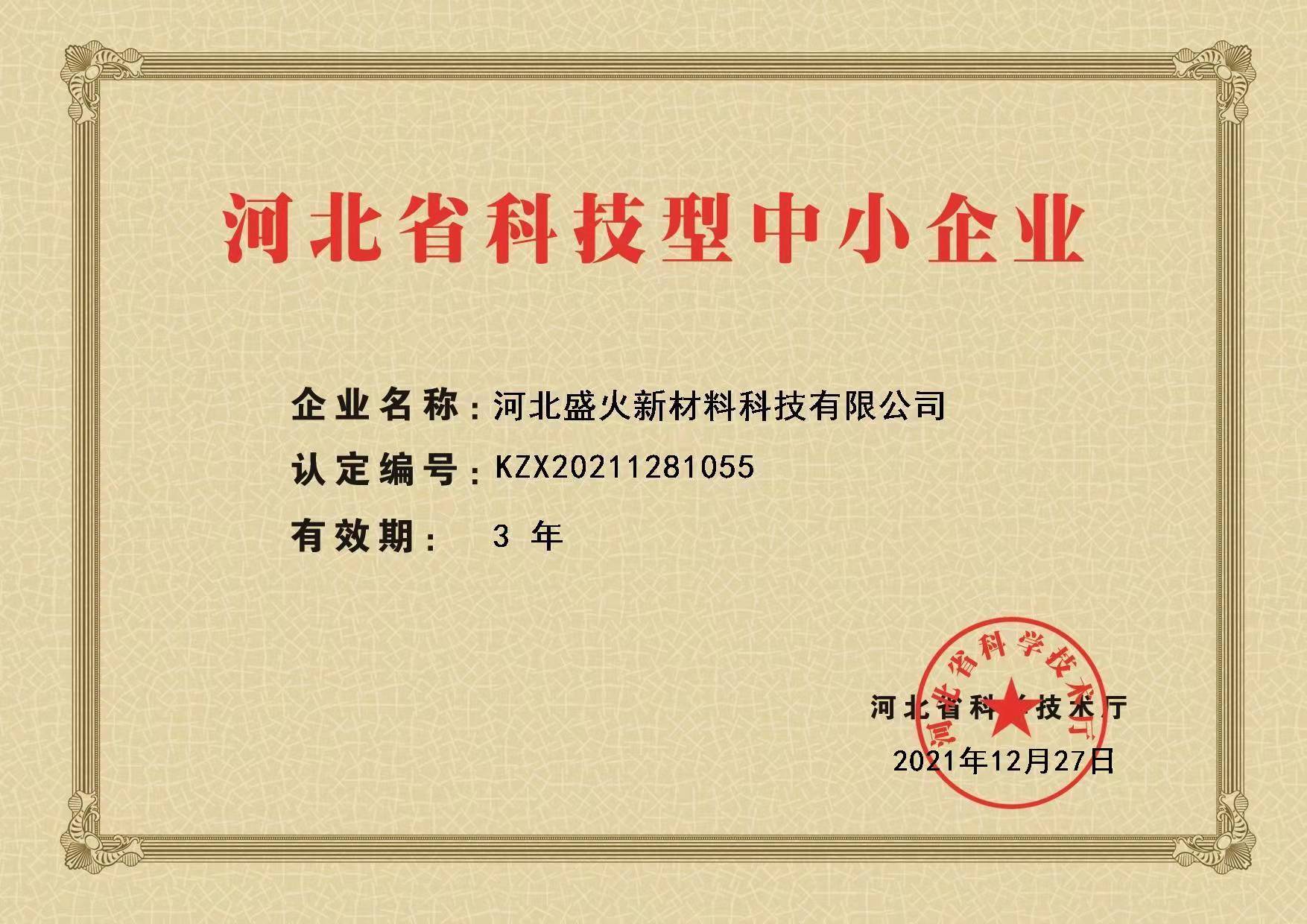- Introduction to Lost Foam Casting and Market Data Insights
- Technical Advantages Over Traditional Sand Casting
- Material Selection Guide for Lost Foam Casting
- Vendor Comparison: Performance Metrics and Cost Analysis
- Custom Solutions for Complex Geometries
- Real-World Applications Across Industries
- Future Outlook for Lost Foam Casting Examples

(lost foam casting examples)
Lost Foam Casting Examples Driving Industrial Innovation
The global lost foam casting market is projected to grow at a 6.8% CAGR through 2030, fueled by demand for complex automotive components. Unlike traditional sand casting, which accounts for 62% of metal casting defects according to AFS studies, lost foam reduces scrap rates to below 4% through its vaporization-based process. This technology now produces 23% of aluminum engine blocks and 41% of industrial valve bodies worldwide.
Precision Engineering Redefined
Lost foam casting enables ±0.15mm dimensional accuracy compared to sand casting's ±0.5mm tolerance. The table below compares critical parameters:
| Parameter | Lost Foam | Sand Casting |
|---|---|---|
| Surface Finish (Ra) | 3.2-6.3μm | 12.5-25μm |
| Minimum Wall Thickness | 2.5mm | 4mm |
| Typical Lead Time | 10-14 days | 21-28 days |
Material Innovation Frontiers
Advanced EPS patterns now withstand 1,200°C pouring temperatures, enabling ferrous alloy applications. The three dominant material categories include:
- Low-density (20g/L) EPS for thin-wall components
- Polymer-coated silica sand for surface refinement
- Ceramic-enhanced backing materials for heat dissipation
Vendor Capability Matrix
| Manufacturer | Max Part Weight | Dimensional Tolerance | Cost per kg (USD) |
|---|---|---|---|
| Alpha Cast | 85kg | CT8-9 | $12.40 |
| Precision FoamTech | 150kg | CT7 | $15.20 |
| OmniCast Systems | 300kg | CT6 | $18.75 |
Customization Through Digital Workflows
Leading suppliers now integrate 3D scanning with real-time pattern compensation algorithms, reducing prototype iterations by 73%. A recent aerospace project achieved 0.08mm profile accuracy on turbine housings through:
- Topology-optimized foam structures
- Graded permeability coatings
- AI-driven gating system design
Cross-Industry Implementation
Notable production successes include:
- Automotive: 8-cylinder engine blocks with integrated coolant channels
- Energy: 2.4m diameter pump impellers in duplex stainless steel
- Construction: 45kg valve bodies with <1% porosity
Lost Foam Casting Examples Shaping Manufacturing
With 38% energy reduction compared to conventional methods, lost foam casting now penetrates 17% of the global casting market. Emerging developments in biodegradable foam patterns and automated coating systems promise to expand applications into medical and electronics sectors, potentially capturing $2.7B in new revenue by 2028.

(lost foam casting examples)
FAQS on lost foam casting examples
Q: What are some common examples of lost foam casting products?
A: Lost foam casting is often used to create complex automotive parts like engine blocks, cylinder heads, and pump housings. It’s also applied in making industrial valves and artistic sculptures. This method is ideal for intricate designs with fine details.
Q: Can you list examples of sand casting products?
A: Sand casting is commonly used for producing engine manifolds, gearboxes, and large machinery components. It’s also suitable for crafting decorative ironwork and plumbing fixtures. The process excels in creating durable, heavy-duty parts at lower costs.
Q: What materials are typically used in lost foam casting?
A: Lost foam casting primarily uses expandable polystyrene (EPS) foam for creating patterns. The mold is made of unbonded sand, often coated with refractory materials. Metals like aluminum, iron, and steel are commonly poured into these molds.
Q: How do lost foam and sand casting differ in product applications?
A: Lost foam is preferred for complex, lightweight parts with smooth surfaces, such as automotive components. Sand casting suits bulkier, simpler shapes like manhole covers or heavy-duty brackets. The choice depends on design complexity and production scale.
Q: Are sand casting materials compatible with lost foam processes?
A: While both methods use sand for molds, lost foam requires fine, unbonded sand for better detail capture. Sand casting uses bonded sand mixed with clay or resin. The materials aren’t interchangeable due to differing structural requirements.
Next:3D Sand Printing Casting Services High-Precision Molds & Prototypes
